Convert Between Decimals and Mixed Numbers
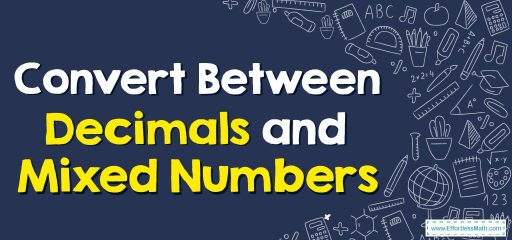
Numbers on the left-hand side of the decimal point show there’s a whole part and several pieces of a whole.
Decimal numbers have two parts that are separated by a decimal point:
Whole part: The numbers on the left-hand side of a decimal point.
Decimal or the fraction part: The numbers on the right-hand side of a decimal point.
To convert a decimal number into a mixed number, the whole number is kept the same and the decimal part is converted.
Convert Between Decimals and Mixed Numbers – Examples 1
Write 3.6 as a mixed fraction.
Solution:
Step 1: Add 1 to the denominator of the decimal number (3.6).
Step 2: Multiply its denominator and the numerator by multiples of 10.
\(3.6=\frac{3.6}{1}=\frac{3.6}{1} \frac{×10}{×10}=\frac{36}{10}\)
Convert Between Decimals and Mixed Numbers – Examples 2
Write \(6 \frac{1}{2}\) as a decimal number.
Solution:
Multiply the numerator and denominator until the denominator becomes a power of 10.
The numbers to the left of the decimal point in the mixed numbers are the integers.
The decimal number to the right of the decimal point in the mixed numbers is the fractional number.
\(6 \frac{1}{2}=6 \frac{1}{2} \frac{×50}{×50}=6 \frac{50}{100}=6.5\)
Related to This Article
More math articles
- The Ultimate 6th Grade PSSA Math Course (+FREE Worksheets)
- Treasure Hunt in Geometry: How to Navigate Through Polygons’ Scale Drawings
- Top 10 Tips You MUST Know to Retake the FTCE Math Test
- 6th Grade ACT Aspire Math Practice Test Questions
- The Ultimate 7th Grade CMAS Math Course (+FREE Worksheets)
- ISEE Upper-Level Math FREE Sample Practice Questions
- What Skills Do I Need for the ACT Math Test?
- SAT Math Subjесt Lеvеl 1 Calculator Tips and Hints
- How to Balance the Scales: Inequalities with Addition and Subtraction of Mixed Numbers
- FREE ISEE Middle Level Math Practice Test
















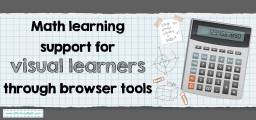
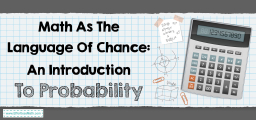
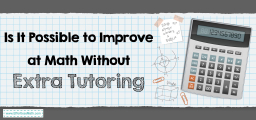
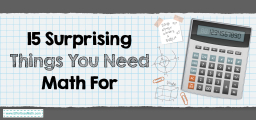
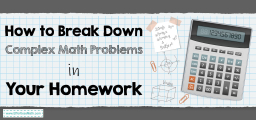
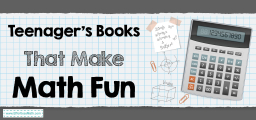
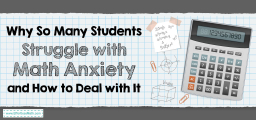
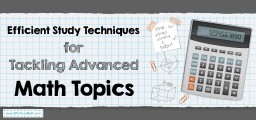
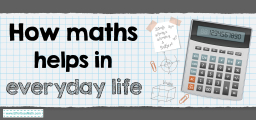
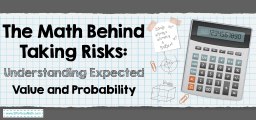
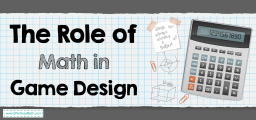
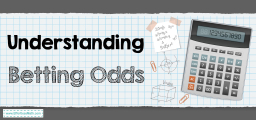

What people say about "Convert Between Decimals and Mixed Numbers - Effortless Math: We Help Students Learn to LOVE Mathematics"?
No one replied yet.